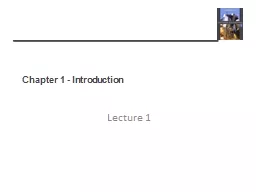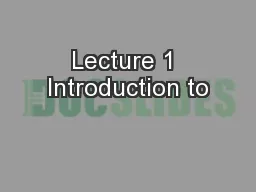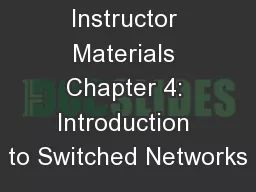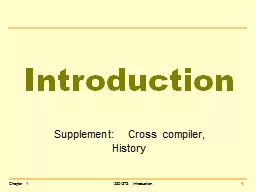PPT-Introduction Chapter 1 2
Author : pasty-toler | Published Date : 2020-04-03
Power Processor Radio Sensors Memory Today we look much cuter And were usually carefully deployed A Typical Sensor Node TinyNode 584 TI MSP430F1611 microcontroller
Presentation Embed Code
Download Presentation
Download Presentation The PPT/PDF document " Introduction Chapter 1 2" is the property of its rightful owner. Permission is granted to download and print the materials on this website for personal, non-commercial use only, and to display it on your personal computer provided you do not modify the materials and that you retain all copyright notices contained in the materials. By downloading content from our website, you accept the terms of this agreement.
Introduction Chapter 1 2: Transcript
Download Rules Of Document
" Introduction Chapter 1 2"The content belongs to its owner. You may download and print it for personal use, without modification, and keep all copyright notices. By downloading, you agree to these terms.
Related Documents














